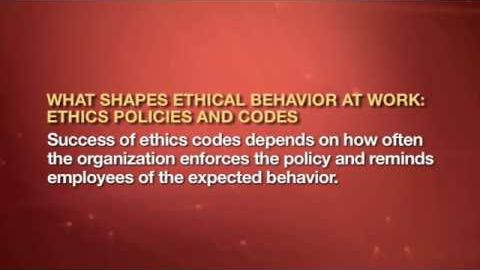人事管理。倫理と公正 (HR Management: Ethics & Fairness)
Grace Wang が 2021 年 01 月 14 日 に投稿  この条件に一致する単語はありません
この条件に一致する単語はありませんUS /ˈprɑsˌɛs, ˈproˌsɛs/
・
UK /prə'ses/
- v.t.(コンピュータの)データを処理する;処理する;処理する;一連の工程を経る;加工する : 加工処理する;理解する
- n. (c./u.)手続き;一連の行為;方法;訴訟手続き;プロセス (コンピューター)
US /ˈdɪsəplɪn/
・
UK /'dɪsəplɪn/
- n. (c./u.)規律;訓練;学科;懲罰;自制
- v.t.訓練する;懲罰を与える
- n. (c./u.)作品 : 著作物;作品 : 著作物;仕事;職場;作業結果 : 業績
- v.t./i.うまくいく;機能する;働く;努力する;動かす
- adj.仕事
US /ˈkʌmpəni/
・
UK /'kʌmpənɪ/
- n. (c./u.)仲間;会社;客;同伴;中隊;劇団
エネルギーを使用
すべての単語を解除
発音・解説・フィルター機能を解除

